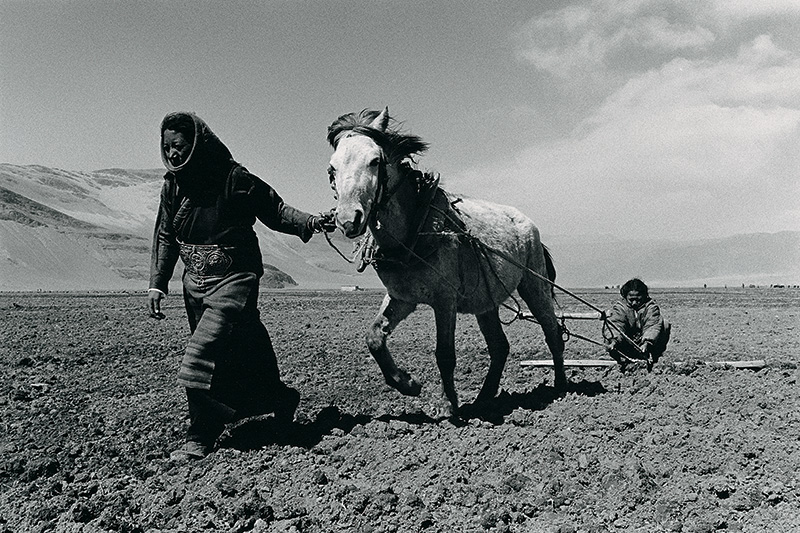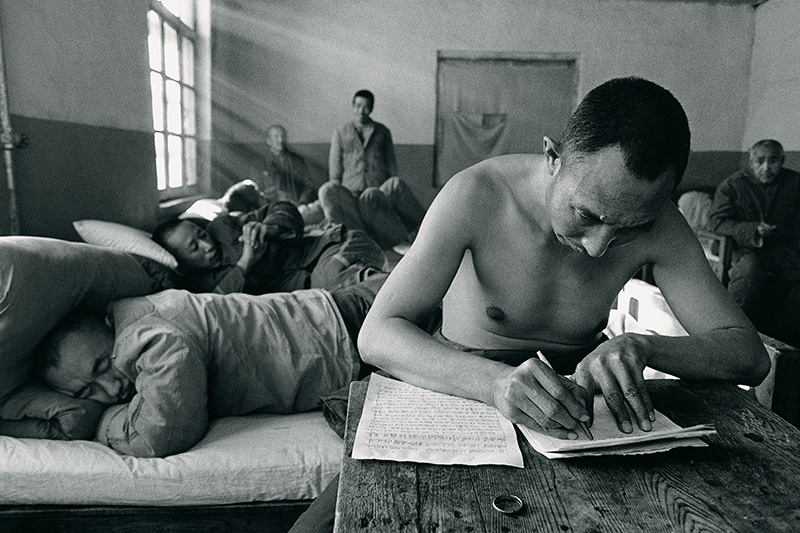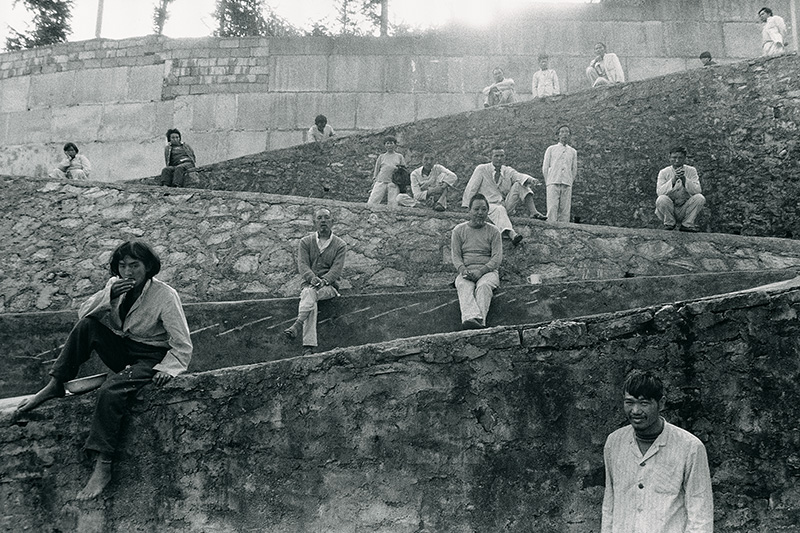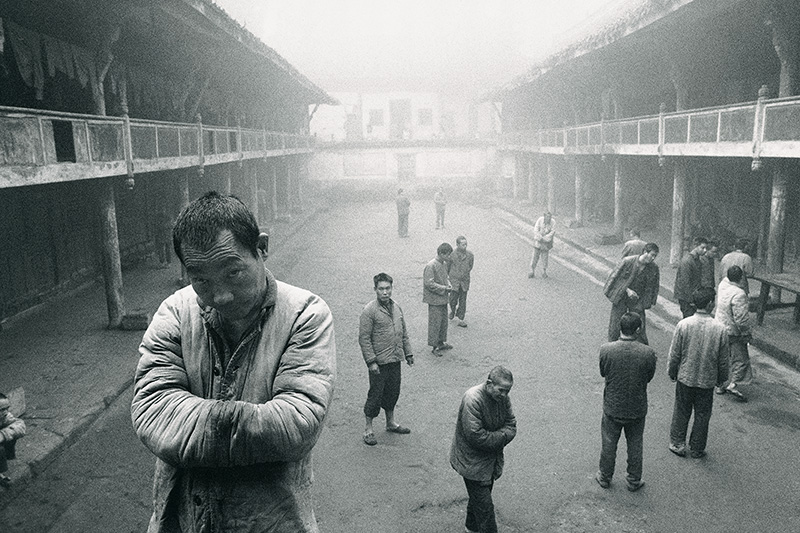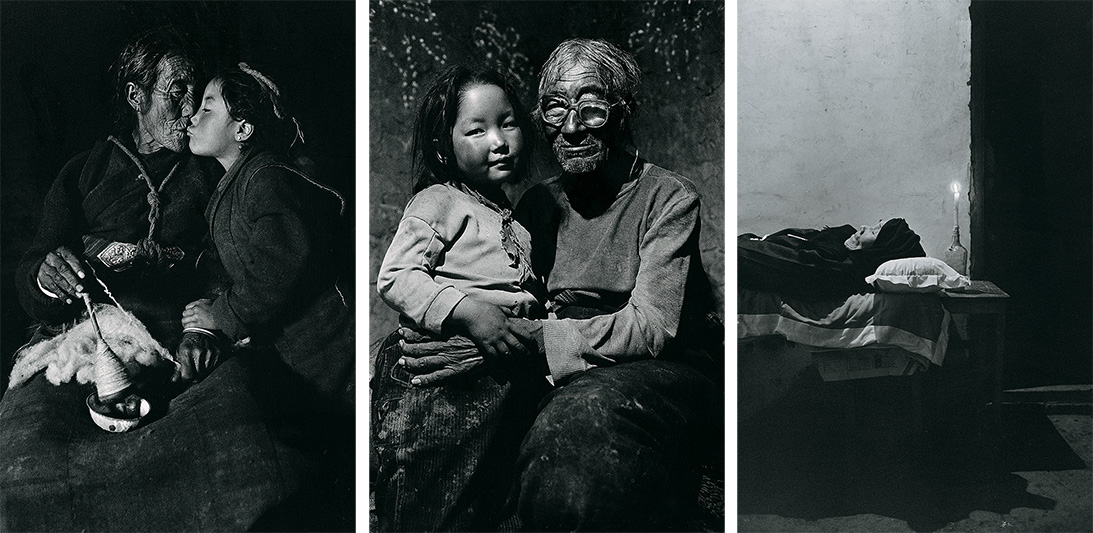PHOTO:Lu Nan-The man and his work
 Lu Nan’s legend comes from his unique characteristic and his mysterious creative experience. Lu is the first Chinese photographer who’s recognized by the Magnum Photos. Lu is constantly invited to participate in numerous exhibitions; however, he is extremely selective about the exhibitions he is involved with. Lu also refused to have his portrait taken by others, so it’s very rare to see any photo documentations of him.
Lu Nan’s legend comes from his unique characteristic and his mysterious creative experience. Lu is the first Chinese photographer who’s recognized by the Magnum Photos. Lu is constantly invited to participate in numerous exhibitions; however, he is extremely selective about the exhibitions he is involved with. Lu also refused to have his portrait taken by others, so it’s very rare to see any photo documentations of him.
By Dimitris Lempesis
Photo: Museu Coleção Berardo Archive
The photographs by Lu Nan which are displayed on the exhibition “Lu Nan-The man and his work” at the Museu Coleção Berardo form part of a trilogy which he began in 1989 and was concluded fifteen years later in 2004. Lu Nan’s work is the modern projection of the “Divine Comedy” by Dante Alighieri. Each of its parts is also an exemplary projection of what might be, on earth, hell, purgatory and heaven. The only difference is that the photographs that make up the three parts of Lu Nan’s Trilogy are not merely part of some fantasy, nor do they contain the allegories of that immortal poem by the famous Florentine poet. The work carried out by Lu Nan over 15 years depicts a realism that is at times painful, disturbing, that brands itself on our eyes and clings on to our memories for a long time. It might be a China from another age, but it is a life that may well be reality in many other countries and places throughout the world. The first part “The forgotten people: the living conditions of psychiatric patients in China”, ” (1989-1990), is an investigation of the state of Chinese psychiatric wards. The series is a journey through human misery. In the images, men and women of all ages, children included, are seen lingering in the institutions that host them, clearly malnourished and lying on wooden planks, some in chains. More harrowing than the appalling conditions they live in is the sensation of being in front of broken lives, individuals condemned by an ungrateful fate to an inescapable future of grief. From 1992 to 1996, Lu Nan devoted his efforts to the minority of Chinese Catholics. In the early ‘50s, the Communist party banned the profession of all religions in China and during the Cultural Revolution, ignited by Mao Zedong in 1966, religions were outlawed altogether, practitioners persecuted and believers prompted to become atheists. Sacred sites were either destroyed or converted for governmental or military purposes. In those years, an underground community of Chinese Catholics emerged that refused to give up their beliefs and secretly kept professing their faith in God. Even today, despite the end of the Cultural Revolution, Catholic churches are under the State’s supervision and prohibited to have relationships with the Vatican. The second part of Lu Nan’s trilogy “On the Road: The Catholic Church in China”, impresses with the manifestations it depicts of authentic faith from these believers. Deprived of churches or any other public location in which to come together freely, the Catholics gather in the countryside or inside their homes, pray on their knees in front of humble crosses, read the Bible in the light of candles, and stubbornly cling onto their undying love for God despite the government’s opposition. For the last part of his trilogy, “The Four Seasons: Everyday Life of Tibetan Peasants” (1996-2004), Lu Nan spent seven years in Tibet, documenting the great amount of strenuous work Tibetans have to undertake around the year to harvest the fruits of their land. In striking contrast to modern lifestyle standards, Lu’s pictures show how the lives of Tibetan peasants largely revolve around one basic need that in most parts of the world is taken for granted: that of providing food for themselves. While less gripping than “The Forgotten People: The Living Conditions Of Psychiatric Patients In China”, the series shares with that earlier work a reflection on how factors outside of human control (mental illness in the former, geographic origin in the latter) heavily and even tragically determine the destiny of those affected; but they also beg the question of what the rest of us can do to help them alleviate their burdens.
Info: Curator: João Miguel Barros, Museu Coleção Berardo, Praça do Império, Lisbon, Duration: 10/10/17-24/1/18, Days & Hours: Daily 10:00-19:00, http://en.museuberardo.pt
